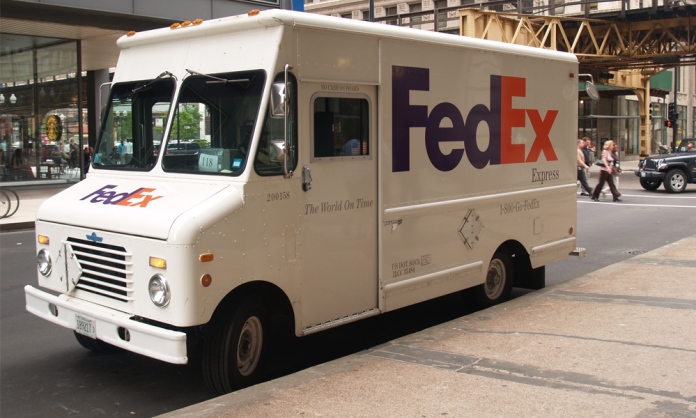Stocks continued rising this morning, bolstered by international signs of cooling inflation that fueled optimism over earlier-than-expected rate cuts. The Dow and S&P hovered just above the flatline while the Nasdaq Composite outperformed, gaining by approximately 0.3%.
This upward momentum builds on Tuesday’s rally, which saw the Dow marking its fifth consecutive record close and the S&P 500 inching closer to its all-time high set in January 2022. Despite hawkish remarks from Federal Reserve officials attempting to moderate expectations of imminent rate reductions, investors seem to be focusing on the broader economic outlook and the inevitability that rates will come lower.
A notable drop in UK inflation to a two-year low stoked dovish hopes further, suggesting that price pressures in major economies might be easing. This sentiment was reinforced by a decline in German wholesale inflation. Bond yields continued their downward trend this month, with the 10-year Treasury yield retreating about 4 basis points to around 3.9%.
The UK’s November inflation data showed significant declines across various categories, including services, core, and headline inflation, all falling below estimates. This marked the third downward surprise in the past four months and the most significant since inflation concerns escalated in 2021.
The decline in food inflation, which the UK hasn’t seen since June 2022, is a positive development for Prime Minister Rishi Sunak, who has committed to controlling prices ahead of next year’s expected election. However, the public may not feel as positive about the lower inflation rate, as it still indicates a rate of price rises above the Bank of England’s target.
Chancellor Jeremy Hunt welcomed the data, emphasizing the government’s continued focus on addressing cost of living pressures. The unexpected drop in inflation has led to soaring rate-cut odds from the Bank of England, with markets now pricing in a full cut by May.
Suren Thiru, economics director at the ICAEW, remarked, “These inflation numbers suggest that the Bank of England is too pessimistic in its rhetoric over when interest rates could start falling.”
Ulrich Leuchtmann from Commerzbank AG in Frankfurt noted that the UK CPI figures challenge the perception that the UK might lag in rate cuts in 2024 and beyond. This sentiment also impacted the British pound.
Goldman Sachs has revised its forecast, now expecting the first Bank of England rate cut in May, with a continued reduction until the policy rate reaches 3.0% in May 2025. Their forecast remains significantly below market pricing for the latter half of 2024 and into 2025.
But skepticism remains about whether the anticipated faster and earlier rate cuts might lead the US economy into a downturn. Upcoming data releases, including existing home sales, GDP updates, and the Fed’s preferred PCE inflation gauge this Friday, will be closely monitored for indications of the Fed’s ability to achieve a “soft landing.”
FedEx didn’t help the “soft landing” narrative today when its shares dropped over 10% after the company reported a miss in quarterly profits and lowered its full-year revenue forecast, citing decreased demand from the US Postal Service. Delivery stocks like FedEx and UPS have long been looked at as “canaries in the coal mine.” The FedEx canary might be dead.
Economic cycles eventually come to an end. So too will this one. And, when it does, the Fed might be cutting rates not because inflation is falling, but as part of a recession-induced panic.








